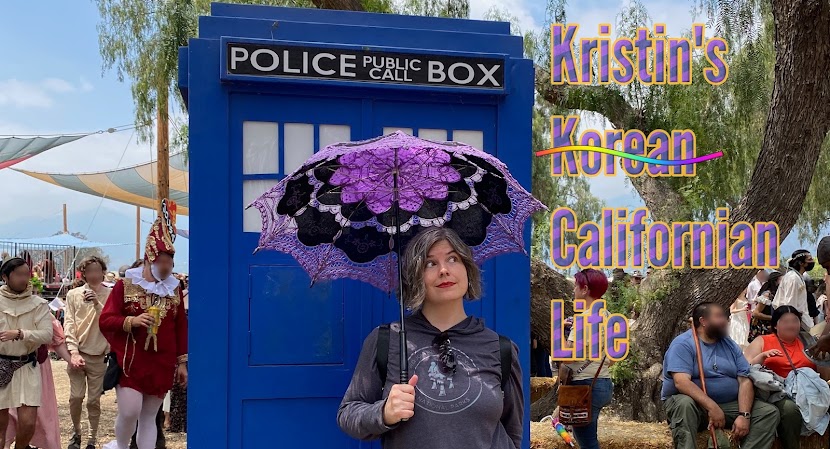The subway platform doors open and spew them out at two minute intervals, like they are a virus multiplying more quickly than the trains can purge them from the system.
I am one of those people.
I am a virus.
I feel like I'm in the Matrix when I say that.
It's been a while since I had one of my pensive moods and channeled it into my blog. If you haven't been reading long, be prepared not to understand much of what I write. I am, after all, clinically moody. Ha.
I worked at Samsung C&T in the Engineering & Construction half for 14 months as a global consultant, which is euphemistic for English teacher. During that time, I learned a lot about architectural engineering and the construction field that I would otherwise not have known. I also met my current boyfriend, who is an architectural engineering major. Thus, I am more knowledgeable on the subject than I was two years ago, when I knew nothing except that I liked modern architecture and hated crown moldings and other symbols of faux opulence. One thing I've learned a lot about is green architecture and how important it is.
The bad guy in The Matrix was right: humans are a virus.
We devour resources and land without realizing we are dooming ourselves to eventual extinction. We are a boom and bust growth population, as I learned in high school and university biology. Basically, we overpopulate like bunnies and then realize that we used up all our food and we quickly die off of starvation, leaving a tiny population that moves or grows with the natural replenishment of food. But we can't replenish the food if we've screwed up the planet. Thus the future has only a few choices for us: die off, emigrate to another planet, or find a way around the problem.
The thing that makes humans unique is our ability to problem solve. And what looks like the best solution is green cities. These cities would be like man-made mountains, run by renewable energy and looking on the inside somewhat like Zion would look like if it were above ground and pretty. Yes, I'm still referencing The Matrix. It's not that I'm a huge nerd- I'm just a medium sci-fi nerd- but The Matrix does posit a conceivable future to a certain extent. Fortunately, the trend in concept cities is green, not underground, as you can see here. Here are a few of my favorites. The first in Seoul, and the second just a concept as far as I know.
 |
| Gwanggyo Power Center, Seoul (planning) |
 |
| Lilypad Floating City |
I think the best place to start these kinds of projects is in Africa, where there isn't much. There are people in Africa now farming in the desert, trying to make a future with African forests again. There's not a lot of hope there in my opinion, but if you build a fully self-sustainable city that's all indoors with a water source either from the ocean (there are methods of desalination more efficient than reverse osmosis being researched with good progress) or a deep water table tap, you could have something. Put in a bunch of plants safe from the sandstorms and tint the windows to control the heat. As for sand being an unstable foundation, create a floating foundation with flexible pipes to the water source and let it shift around the desert a bit. It will be heavy enough not to move much, and the flexible pipe technology already exists and is in use around the world. I don't see much difference between a Tokyo mountain city-inspired desert city on the sand and a floating lily pad city on the ocean, except the water source. But solar power would be PLENTIFUL. I think if you build it and give it flexible trade regulations, people will move there and make it profitable, like Dubai or Abu Dhabi. But I'm not an architect.
The reason I'm thinking about this is that I hate how smelly and crowded the city is. If we could make an un-smelly, no-emissions indoor city planned to disperse the crowd from the beginning, it would be better. Plus, if working was more like Google where everyone can just do their work when they feel like it as long as it gets done well, there would be no rush hour. Different banks could be open different hours, which would be more convenient for everyone. Same with clinics. Night people could be night people without social stigma and boredom.
More and more, the voices of our generation are calling for flexibility, collaboration, creativity, and a neo-renaissance. This time, hopefully, our ideas will be mostly right. We have so much new technology and so many problems to solve and so little time. It's time to really think about how to sustain our burgeoning population in a healthy way and get to it.
Of course, as I write this, there are already 0 impact houses all over the world as models, and thousands of people are thinking about these problems and working on them. Keep it up. Don't stop.

No comments:
Post a Comment